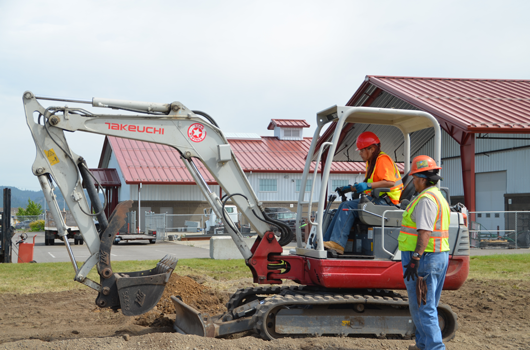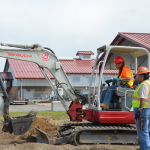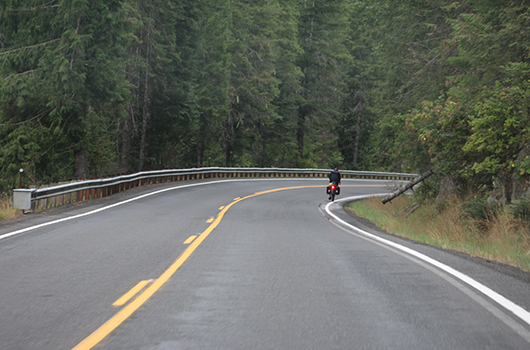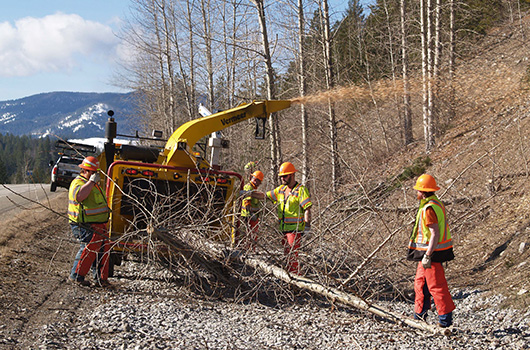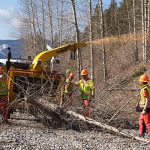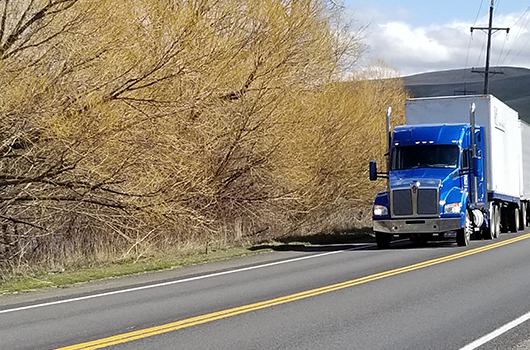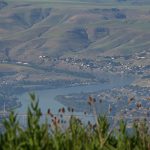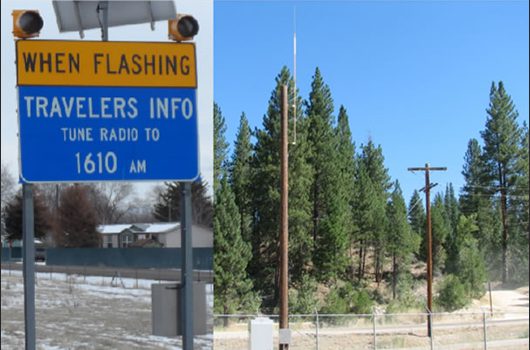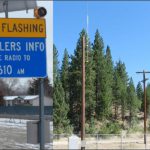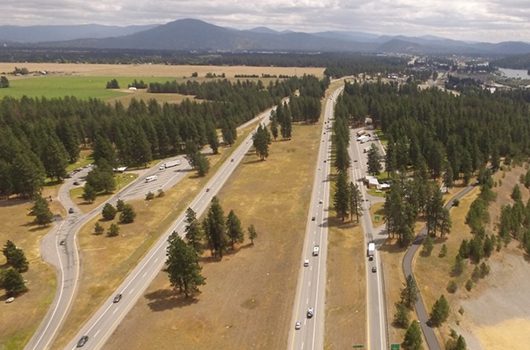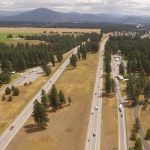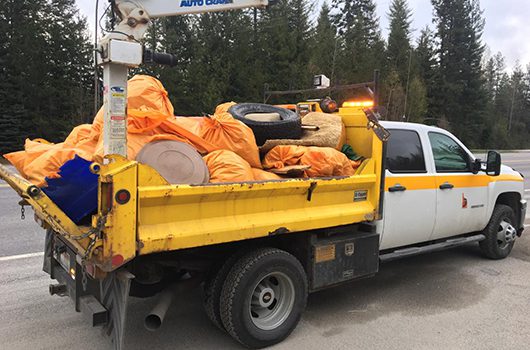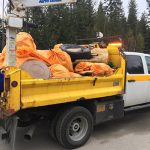Idaho Transportation Department now taking suggestions from residents for upcoming projects
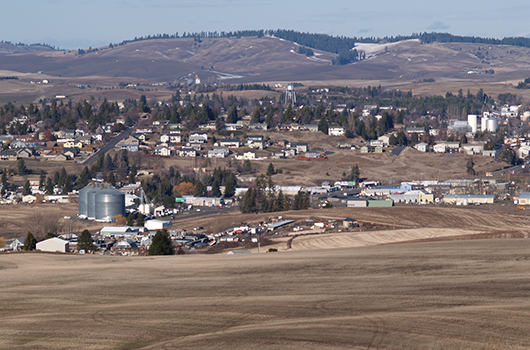
The Idaho Transportation Department is asking for input on the just–released draft Idaho Transportation Improvement Program (ITIP). The 2021-2027 draft ITIP is a seven-year plan of the state’s transportation improvements, and all stakeholders are encouraged to participate.
Projects can range from large-scale interstate improvements to smaller projects like the installation of a new guardrail. In all, the draft ITIP includes projects in all 44 counties and all modes of transportation. Projects were selected based on technical data, as well as input from local officials and residents.
A complete breakdown of the draft plan can be found at itd.idaho.gov/funding, as well as an interactive map that allows users to learn about projects by narrowing it down to specific categories and locations.
A few of the major projects in North-Central Idaho include:
- US-95 expansion from Thorn Creek Road to Moscow in 2021 – 2022
- Replacement of the East Kooskia Bridge on Idaho Highway 13 in 2027
- Turn lanes on US-95 north of Moscow at Estes Road and North Foothills Road in 2027
Notable changes to projects already in the program include the delay of two bridge replacements in Potlatch from 2021 to 2022 and another project to add turn lanes at US-95 and County Road in Grangeville from 2021 to 2023.
Comments will be taken from July 1-31 and can be e-mailed to ITDcommunication@itd.idaho.gov or mailed to:
ITIP – Comments
Attn: Aubrie Spence
P.O. Box 7129
Boise, ID 83707
Paper copies of the ITIP will be provided upon request by contacting Aubrie at (208) 334-8119.
All comments will be reviewed, incorporated into the ITIP where appropriate, and responses will be sent in August once the comment period has ended.
After approval by the Idaho Transportation Board in September, the ITIP will then be submitted to the Federal Highway Administration, the Federal Transit Administration, and the Environmental Protection Agency in October.


